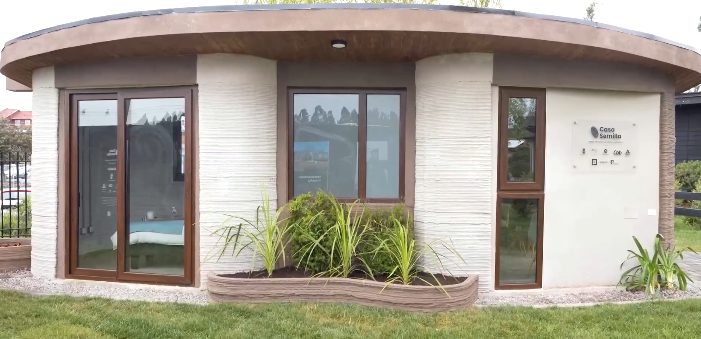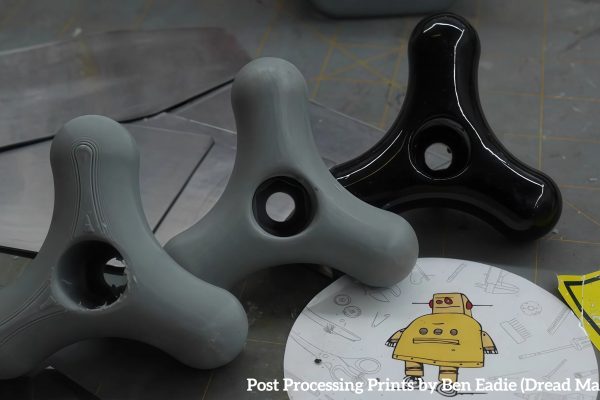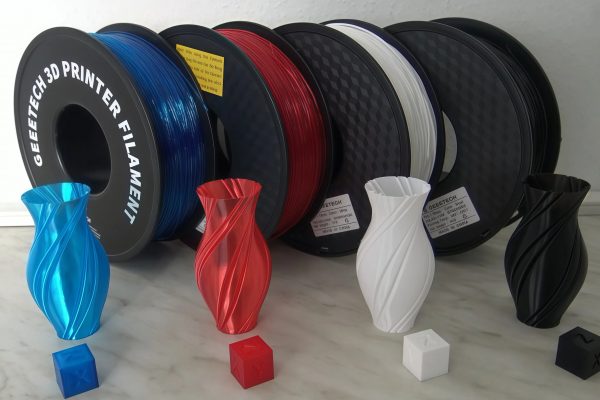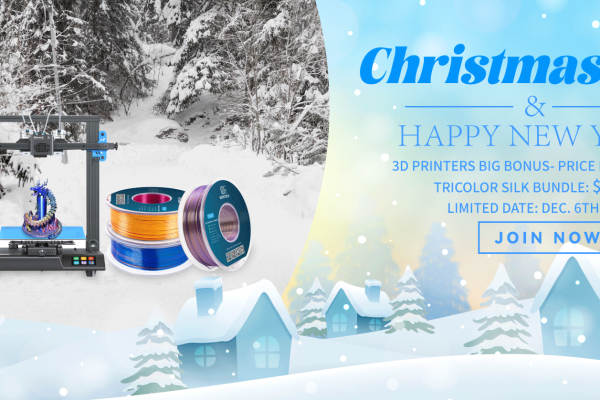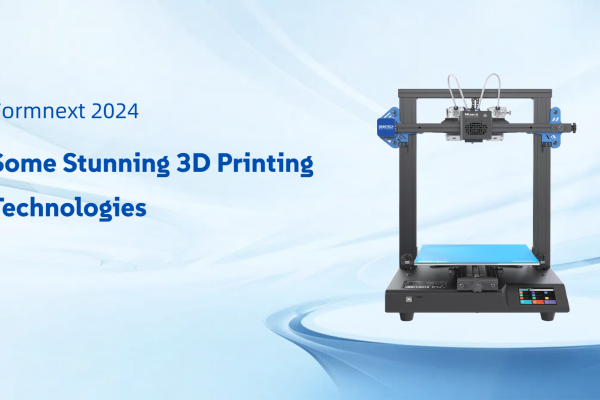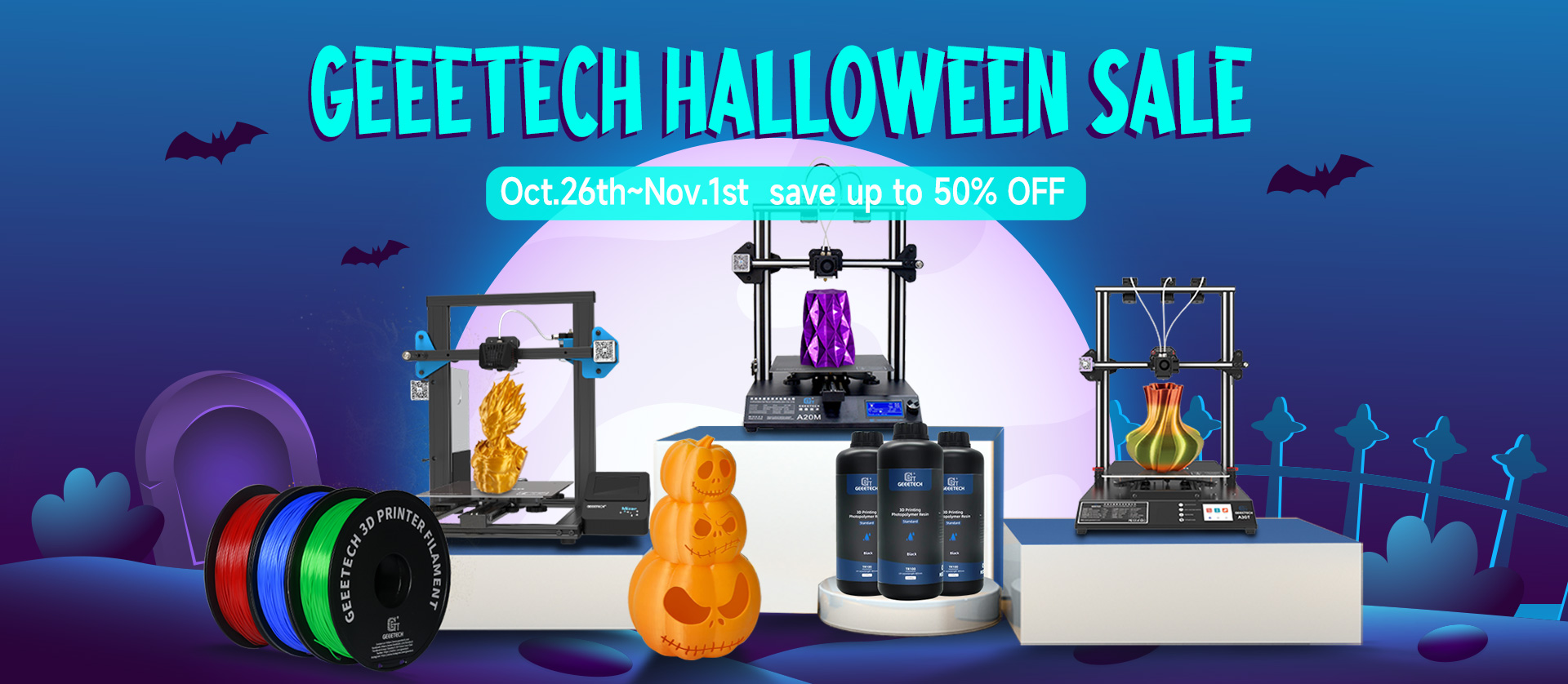The different studies that together makeup STEM have been closely connected with 3D printing technology since it was invented, so it is only natural that the invention plays a role in advancing and exploring the different fields daily. But how exactly, and what might the future hold in store? Let us explore that together. Enjoy!
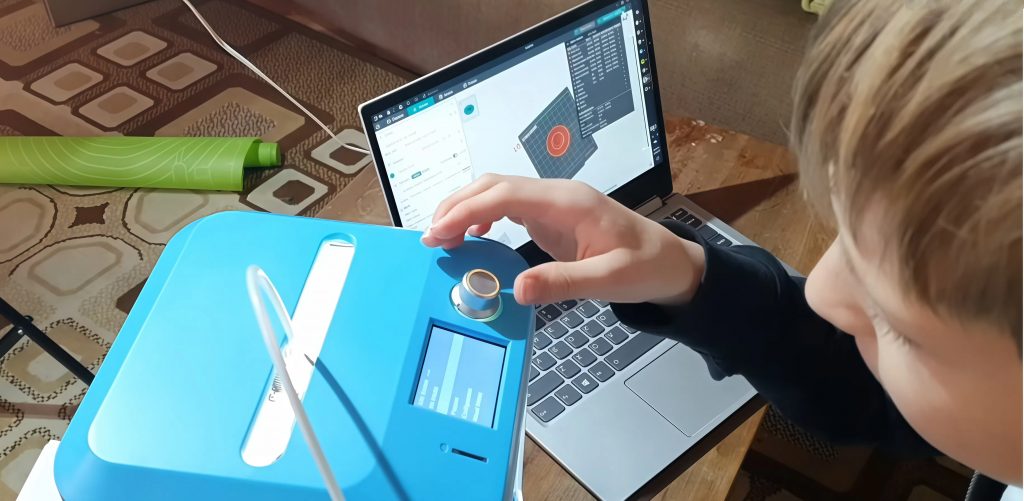
Why Do We Connect 3D Printing and STEM?
All of the STEM fields are constantly exploring new areas, trying to uncover new methods and advance the knowledge of the human race in different ways. And a 3D printer can help STEM to transition from theory and ideas, to practical solutions in a quick and inexpensive way, where the scientists, mathematicians and engineers do not need to rely on external manufacturers.
At the same time, a 3D printer for schools can promote STEM activities for kids, allowing new generations to get interested in the various fields in an engaging and exciting way, as 3D printing incorporates all the different principles and concepts that STEM has to offer, making it a great gateway for young children and teenagers to get involved early on.
The Ways 3D Printing Works in STEM
Below we have gathered a few examples of how 3D printing ideas can transform the workflow in each of the four major STEM areas, as ways to prototype new concepts, bring new ideas to life, and bridge the gap between the theoretical and physical worlds.
Science
Many schools throughout the world have already begun making great use of specialized children’s 3D printer activities, where students can use the technology in order to further their understanding in many different ways. This active involvement in the overall study promotes greater interest and engagement since printing actual models of the abstract concepts they work with is an effective tool for teaching.
Technology
When it comes to the field of technology, there are too many applications to list. A few examples include CAD, modeling, and programming, students acquire the essential technology skills, then 3D printing complex models that can be explored and tested before being built fully, to help them learn more about the process of creating and inventing new ideas, with the added benefit of getting a physical representation within a short space of time.
Engineering
3D printing is also a popular tool in the field of engineering, where machines can be expensive and complex, yet even the best 3D printer for beginners can yield fantastic results. Both students and professionals can use 3D printers to understand more about structural integrity, mechanical design, different materials and more.
Mathematics
When it comes to mathematics, there are quite a few ways in which 3D printers can help students and mathematicians understand the finer details and specific laws that govern our universe. For instance, a large area of mathematics deals with exploring the difference between 2D and 3D spaces, making printed models a great way of bridging that gap.
The Achievements of Combining 3D Printing with STEM
The humble 3D printer has helped many students, scientists, engineers and professors understand their respective fields in new ways, so we wanted to highlight just a few interesting achievements where 3D printing ideas have shaped the future.
3D Printing in Hong Kong’s STEM Education
The first achievement focuses on using 3D printing projects for students in Hong Kong, where many schools and faculties have adopted the technology wholeheartedly. The technology has been used in various ways, from encouraging students to bring their CAD 3D models to life, to helping them practice and experience the overall process of design and manufacturing.
3D Printing in the Construction Education
A more specific example comes from a university team in Chile, who used a custom printer to build a completely 3D printed house using concrete, with the models designed digitally. This achievement is quite remarkable, as it suggests a future in which we can easily and relatively cheaply create our new homes with greater freedom and fewer restrictions.
3D Printer as a Teaching Aid for Teachers in the Classroom
Many teachers around the world have also begun using 3D-printed objects and models in order to help their students understand abstract concepts or specific principles more clearly. Students can have hands-on experience with a geometric shape, or play around with a set of molecules and generally understand the topics better, meanwhile, their spatial thinking abilities are improved.
Conclusion
3D printing in education and STEM fields seems to be the perfect match. After all every type of project, from small 3D printer at home-based projects to industrial-scale projects using Large-Scale Robotics Technology—such as those used by universities in Chile — is designed and built by people in STEM fields. They use 3D printing to turn their ideas into reality, further their understanding, and generate new innovations, which is truly wonderful.


